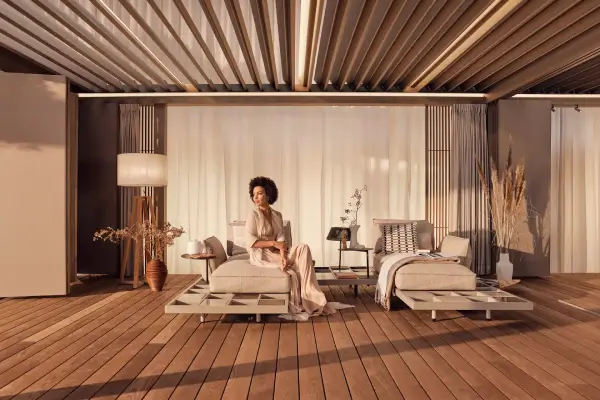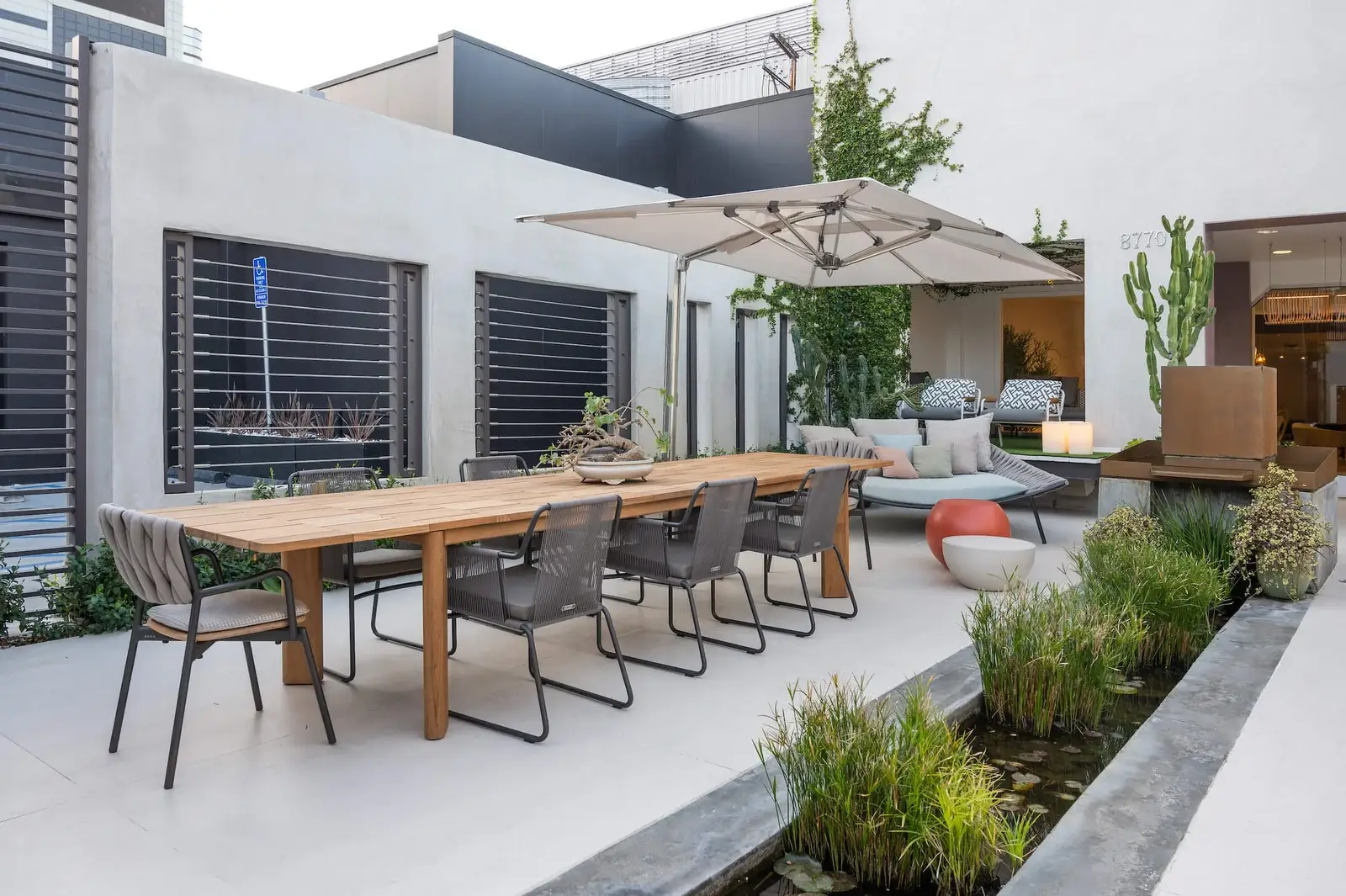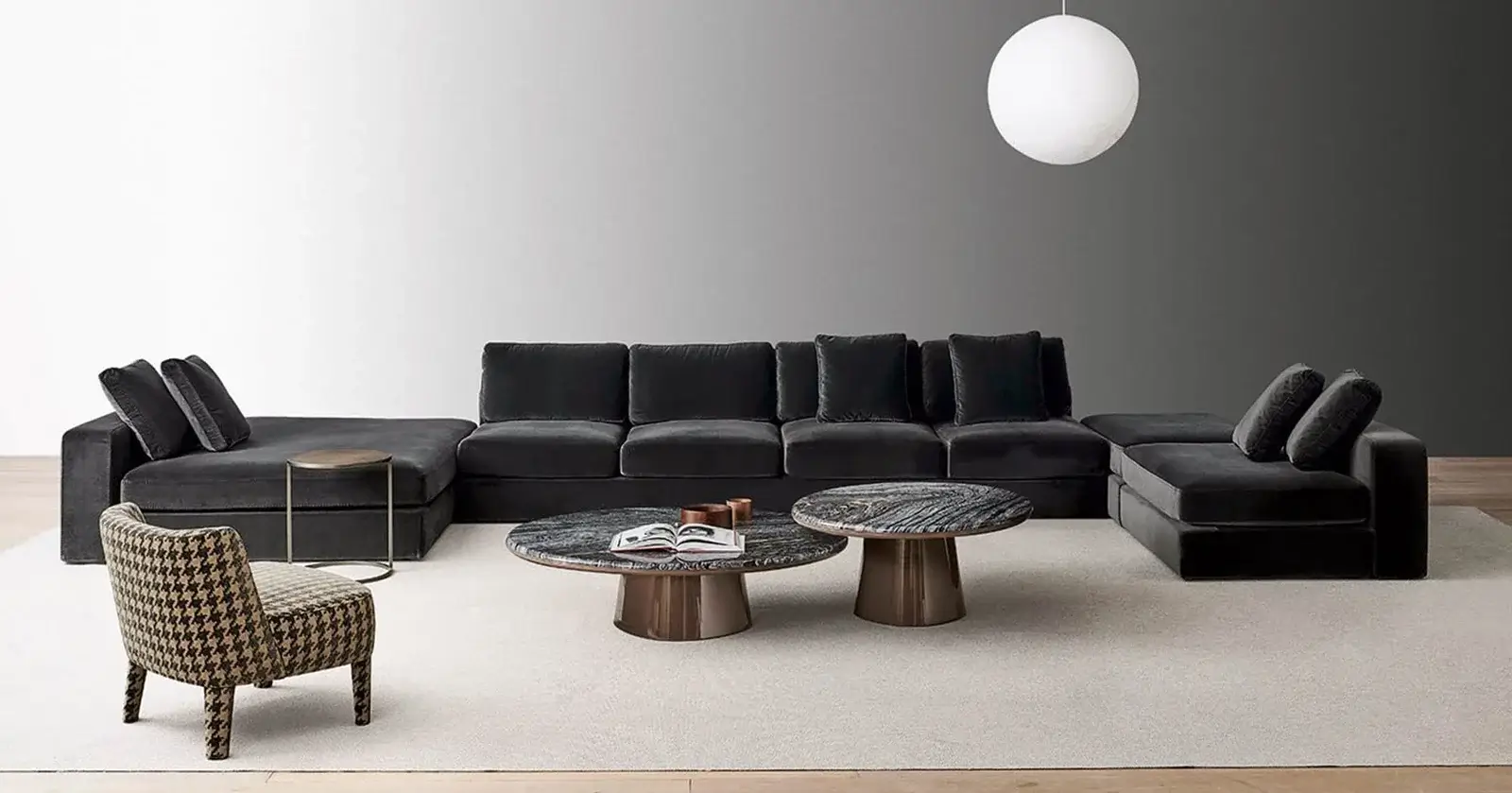Living Room Furniture Checklist
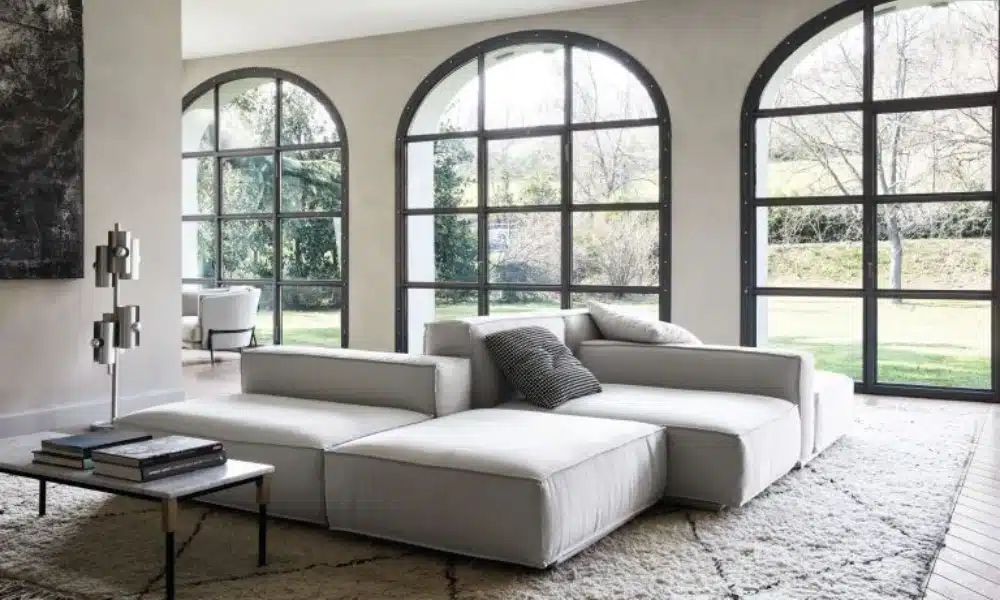
The living room is the main room of your home, where you spend most of your time. It’s also where you entertain guests and enjoy family time, so it’s essential to choose furniture that meets your needs and matches your style as well as complements the rest of your house. To help make sure you choose the right furniture for this space, we’ve created this living room furniture checklist that will walk you through everything you need to consider when shopping for new pieces. Check each point off as you go along to ensure you get the perfect living room!
Consider Your Furnishing Style
When it comes to furnishing your living room, you’ll have a number of considerations. For example, is your style modern or traditional? Do you prefer seating that’s comfortable or hard-edged? What about scale and color? With so many choices, how do you decide what will look best in your living room? Start by considering some of these general questions ; from there, it’s just a matter of narrowing down your options until you find something that fits.
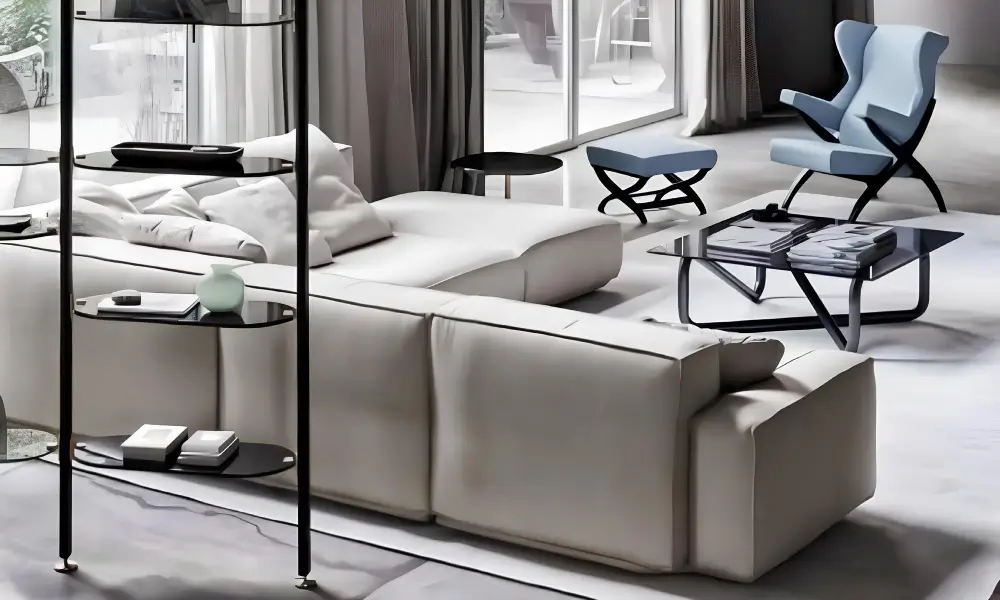
Think About The Lifestyle Of Your Family
The living room is often used for more than just sitting. It’s often a place for guests, parties, movies, and more. As such, you should consider how your living room furniture is going to be used when you buy it. Are there children in your home? Do they eat at or on top of your coffee table? If so, that’s probably not a good option. Make sure you keep in mind how things are going to be used before deciding what will go where and with what. Think about whether or not certain pieces can be moved easily as well, such as tables and chairs. Will that small end table really fit next to your sofa if both get a lot of use?
If The Location Of Your Space Is Important To You: There’s a variety of different ways you can arrange your living room furniture. You may want something open but still cozy feeling or something more formal-looking with specific areas around your fireplace or entertainment center.
Decide On Comfort
It’s easy to get caught up in style when you buy furniture, but it should all come back to comfort. Comfort is especially important for living room furniture because you’ll be sitting in these pieces for long periods of time. So look for fabric and padding that feels soft against your skin, and make sure chairs, sofas, and loveseats have ample leg room. No one wants sore knees after a movie marathon. It’s important to remember that even though looks are certainly part of the decision-making process—especially if you want something really different or unique—the overall feel should always be about comfort.
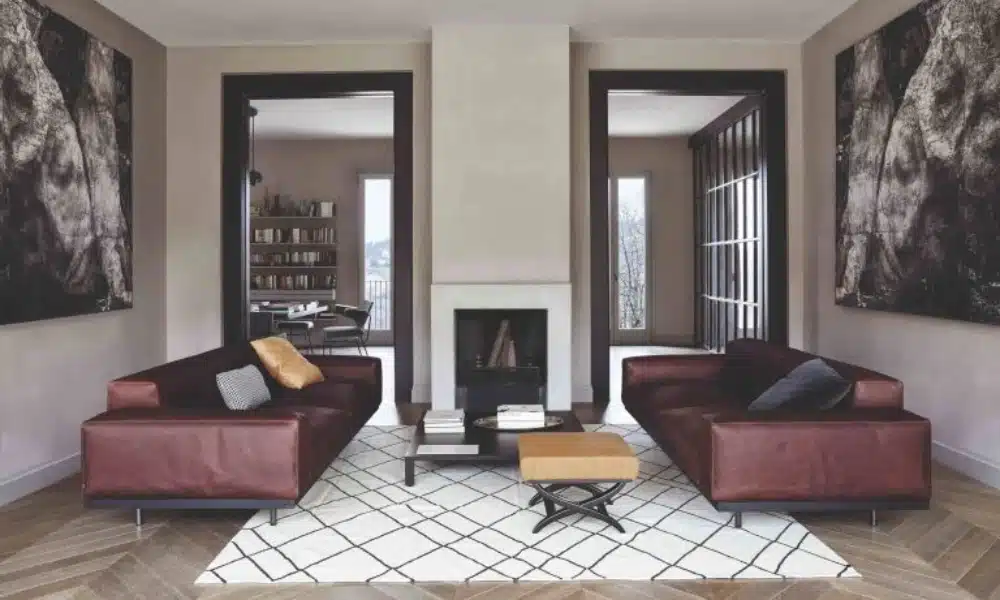
Choose A Budget And Stick To It
Deciding on a budget for living room furniture is essential because you’ll want to stick with it and not get distracted by sales or marketing tactics. Think about how much you can comfortably spend, and don’t forget that you’ll also need to factor in things like delivery, assembly, warranties, and taxes. If a piece of furniture goes on sale later on, feel free to make a note of it. Just be sure to return your focus back to what you originally planned for your living room—and not become sidetracked by one-time specials. For example, if your original plan was to purchase two sofas at $500 each but one sofa went on sale at $300 (plus delivery and tax), go ahead and buy it! But stay focused on what you originally wanted from your living room—even if every chair seems like an absolute steal. It will save you from overspending overall.
Pick A Color Scheme Or Choose Neutral Colors
Color is a very personal choice, and it’s important you like what you buy. That said, when it comes to living room furniture, it’s best to choose neutral colors or stick with one dominant color family. If you do want bright colors, select them carefully and deliberately; don’t just go for it. And make sure your pieces match each other—you don’t need a three-piece living room set in red, green, and blue. Think about where you will be placing your furniture (near windows? next to rugs?) before choosing your palette; after all, certain colors appear brighter or darker depending on their surroundings.
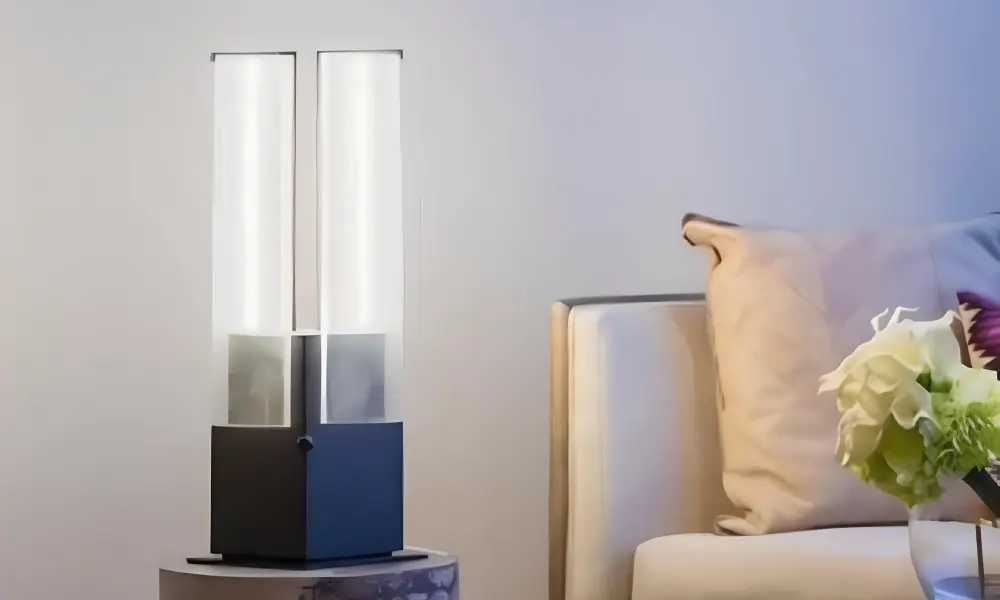
Don’t Forget About Lighting
Lighting is often an afterthought, but it shouldn’t be. A living room doesn’t have to be airy and bright, but there should be enough light so that you can see clearly and sit comfortably in front of a screen or fireplace. A chandelier is a fantastic option for illuminating an entire room (rather than just one spot), while a floor lamp adds focused lighting—ideal for reading. For smaller rooms, try using wall sconces or candle lamps. And if you find yourself squinting at your tablet all evening long because you forgot to turn on the overhead lights before watching TV, invest in a lamp with integrated USB ports for easy charging.
Choose Pieces That Look Good Together
When designing your living room, you should choose furniture that looks good together—even before you purchase anything. It can be difficult to find pieces that look great in a store, and they might not fit well together when they arrive at your home. Designing your living room layout before buying is key to creating a space that you love. A living room checklist can help make sure you’re prepared with everything you need when shopping for furniture.
Living Rooms Should Be For Everyone In Your Family
When it comes to decorating your living room, make sure that everyone can enjoy it. Keep in mind not only how you want your living room to look, but also how it will function. The best-looking furniture may be uncomfortable or hard for certain members of your family to use.
The living room is often a central meeting place for families. As such, it should be comfortable and enjoyable for everyone in your family, regardless of age or personality. To create a functional living room that meets all of your needs, start by making a checklist of what furniture you need. This will ensure that you don’t forget anything important.
Measure, Measure, Measure!
Measure your living room before you start shopping, so you’ll know exactly how much space you have to work with. If a sofa or armchair doesn’t fit through your front door, it’s not going into your living room! (This simple act will save you a lot of time.) Once you’ve measured everything—the length of your walls, ceiling height and distance between furniture pieces—look over your living room setup and determine what else you need: coffee tables, side tables, end tables, lamps… maybe even an entertainment center or TV stand if you want to move away from wall-mounted units. This list is your essential living room furniture checklist.


